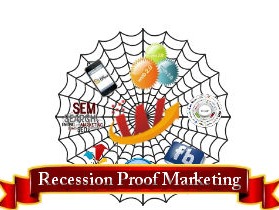
Why AI Search is Essential for Modern Businesses
In today's fast-paced digital landscape, understanding how to utilize AI search can significantly influence not just customer experiences but business outcomes as well. Research indicates that AI-driven search engines are fundamentally altering consumer behavior, making it crucial for brands to adapt.
The Customer Journey: Mapping AI-Driven Discoveries
It's essential to recognize that the journey customers take when they are making decisions is more intricate than merely browsing through a website. AI search technology provides insights into behaviors and decision-making processes. By attending the upcoming webinar led by Bart Góralewicz, you’ll learn how to structure these insights into a compelling narrative that can directly drive sales. Mapping these journeys will help identify key moments where potential customers might convert, which is a vital aspect of successful online marketing strategies.
Unlocking Hidden Conversion Opportunities
In an era where every click counts, knowing where to focus your data analysis is paramount. The webinar will shed light on pinpointing hidden opportunities within customer interactions—those critical moments that turn inquiries into completed sales. This is not just about collecting data; it’s about leveraging insights to craft engaging experiences that lead to higher conversion rates. Recognizing these moments helps businesses refine their approach, ensuring they address customer needs promptly and effectively.
AI-Driven Discovery: Influencing Buying Decisions
AI opens doors to understanding how users think and search. Employing AI-driven discovery allows businesses to cater to customer preferences and behaviors proactively. This ensures that products or services presented align with what customers are looking for at any given moment. As attendees will learn, creating a seamless flow from search to sales isn’t just beneficial; it's essential for growth in today’s market.
Taking Action: Implementing Strategies from the Webinar
For those unable to attend live, signing up means you’ll still receive valuable insights through a recording. This knowledge is designed to be immediately applicable, allowing businesses to refine their strategies toward driving sales through AI search. Armed with these insights, anyone can enhance their visibility and increase conversion rates.
Conclusion: Join the AI Search Revolution
In summary, as AI reshapes the way customers engage with brands, it’s imperative to shift focus from merely tracking data to leveraging it. This upcoming webinar is your chance to learn directly from experts and incorporate innovative strategies into your business practices.
 Add Row
Add Row  Add
Add 




Write A Comment